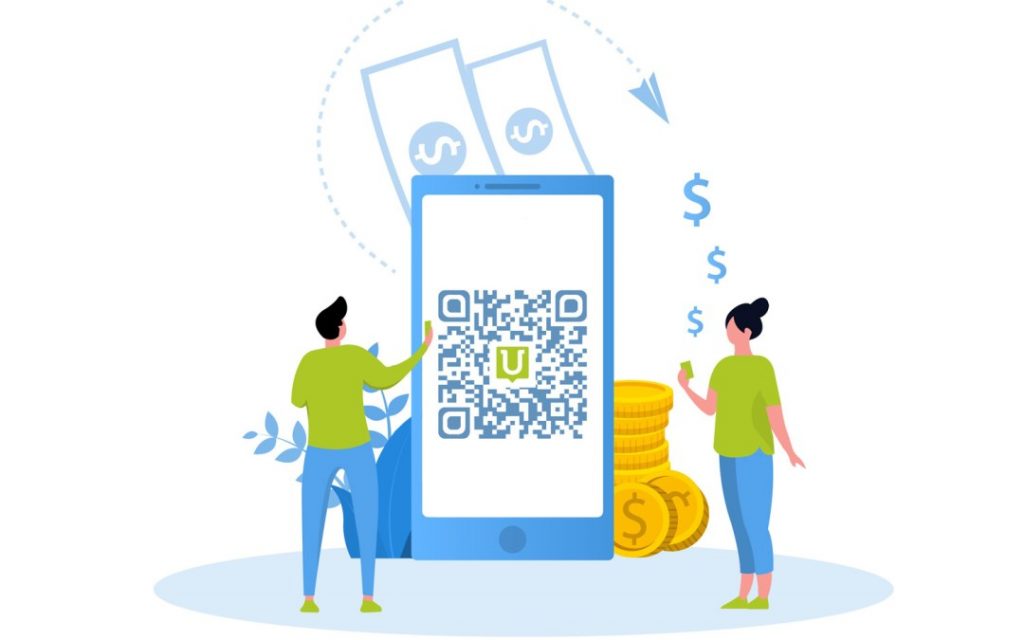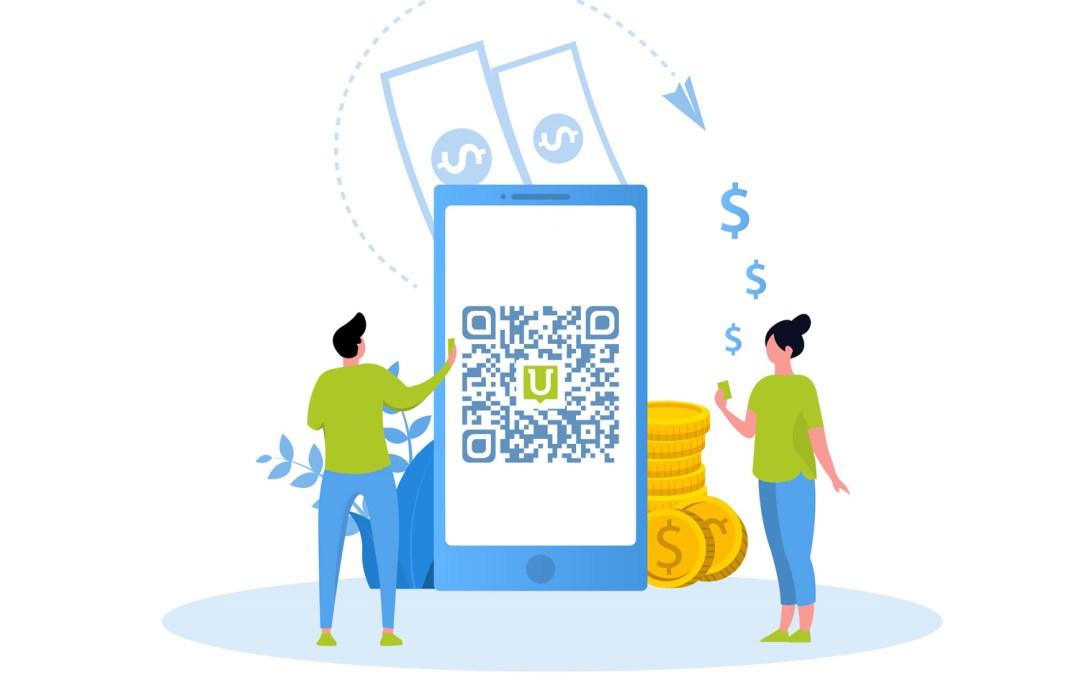
According to a survey, 93.9% of the respondents in Japan are familiar with QR codes as of 2021. Though QR codes were labeled a fad, when introduced, their popularity is increasing day by day.
Significant usage of QR codes is for payments. Though the most common applications of QR payments are recorded to be restaurants and bars, the practice of paying through QR codes is becoming mainstream.
If you would like to embed the QR payment system into your business but you don’t know how to, you are at the right place. Here is all you need to know about QR payments.
Quick Response Code – A Digital Solution Derived from the Latest Technology
Digital payments have been incorporated into our lives to a great extent. Though they are beneficial in many ways, they are prone to fraud and scams. So, if the e-commerce industry wants to embrace this latest technology, a tamper-proof solution is needed.
For the past few years, consumers have been benefiting from QR code technology by directing consumers to specific URLs. The applications of QR codes have stretched over time. Currently, they are being used as a digital solution for contactless payments.
QR code is a pacific pattern that can be scanned through a specific application called the QR code scanner. The application scans the code and leads you to whatever is inside the QR code. It can be a URL, email address, phone, etc.
QR Payments
QR payments include a QR code that contains the information for the payment. You can scan the code from your smartphone, and you will be directed to a page where you can complete your transaction.
Almost all smartphones come with built-in QR code readers nowadays. It is a secure method for digital payments, as you don’t need to provide any sensitive payment details to the merchant that might lead to scams.
Most people confuse barcodes with QR payments. However, they are different. The main difference is you need a laser barcode scanner, which tells you the barcode details. Also, the barcodes are mainly used to read product prices.
You can use QR payments through the following three methods.
- Customers Scan Buisness’s QR Code
When businesses opt for QR payments, they design specific QR codes. Customers scan these QR codes to complete the transaction by filling out payment details.
Businesses can display QR codes on products, bills, etc.
- Business Scans Customer’s QR Code
Another type of QR payment is when customers provide QR codes to businesses. You can open the QR code on your phone that usually contains your card details. The retailer can scan it and complete the transaction.
- App-to-App Payments
QR codes also allow app-to-app payment. Both the retailer and customer have a specific QR code in their app, which can be scanned to proceed with the transaction.
Benefits of using QR Codes for Payments
Simple and Affordable
You don’t have to worry about technical setup and expensive hardware if you opt for QR payments. QR codes are simple to use. Unlike other payment methods that require a lot of effort, you can start accepting payments using QR codes with your smartphone.
All you need is a mobile app. You can effortlessly generate a QR code with Unitag and start accepting payments. Also, it offers you the opportunity of receiving payments anywhere. You can give the QR code to your employees. So, the employees can collect payments even when they are away from the outlet.
Always at Your Disposal
QR payment is a versatile method. It allows you to accept contactless payments anywhere, anytime. When generating a QR code, two options are available – Static and Dynamic QR codes. Unitag offers both.
- Static QR Code: Static QR codes are a one-time investment. Once you generate a static QR code, you cannot change it. If you want to introduce changes or the link in the code is broken, you have to generate and print new QR codes.
- Dynamic QR Code: Dynamic QR codes are editable. Do you want to edit the code destination, but you have already printed it? You can easily do it with dynamic QR codes. They are evergreen. The URL in the QR code remains the same. However, when the users scan it, they are directed to the edited destination.
Efficient
Customers demand fast delivery and check-outs. So, it would help if you had efficient solutions. With QR payments, you can complete the transaction in seconds. All you need is to scan the code.
With QR codes, you can serve more customers in a short time. Also, you can display the QR code at tables or strategic places at your store where customers can and place an order to the bar or kitchen and check out with full autonomy after reviewing their tab, which is also going to improve your payments reconciliation.
Enhanced Security
Different payment systems have different regulations. Sometimes, it is difficult for retailers to ensure customer safety and business security. So, they need a payment system that offers protection against fraud.
With QR payments, the information is encrypted. There is no chance of fraud or scam, as no sensitive information is shared during the process. Also, the concerns related to handling cash are omitted.
No Overhead Costs
With QR payments it is very beneficial for you if you are running a small business, as it saves overhead costs.
QR code is a complete turnover, and you can instantly start accepting payments.
User-friendly and Reliable
You don’t need any expertise to generate and use QR codes for payment. You don’t need to find expert employees who have experience with POS systems. Anyone can manage QR payments.
Also, it is a very reliable solution, as QR codes are tamper-proof and not prone to errors.
Impact of QR Payments on E-commerce
Qr code payments are sharpening the future of e-commerce. With new technologies like the metaverse and digital currencies, market trends are bending towards digital payments.
QR payments are emerging as a reliable solution for tamper-proof, secure, and instant digital payments. Credit card payments are a free ride for hackers and scammers. Also, credit card information stored on alien devices can cause great losses.
Though QR code isn’t mainstream yet, the future of QR payments is promising. Once the benefits of QR code technology are communicated to the audience, it is predicted to become a preferred payment method.
According to a survey conducted in Japan in 2021, 59% of the consumers have never faced a fraudulent situation in their frequent use of QR payments. Also, 35.5% of the respondents had never used this method for payments, which means the probability of fraud is very low. Also, the consumers that faced scams were appropriately compensated.
Contactless Payment- Bridging the Gap Between Digital and Manual Payments
Whenever an industry is digitizing, a crucial factor acts as a bridge between the real and virtual worlds. For the payment industry, the factor bridging the gap is QR codes.
QR codes offer secure transactions in the uncertain digital environment. It is not only beneficial for customers but also for retailers. The customers don’t need to carry cash and worry about their credit card details getting into the wrong hands. The retailers can start with almost no overhead costs. Also, they don’t need expert employees to process payments.
Unitag – A Reliable Solution for Captivating Customers through the QR Technology
QR codes are secure. However, you need to play your part when selecting a platform for generating QR codes. Research thoroughly to ensure the platform you choose is reliable and user-friendly. Otherwise, it will cause problems for you.
Static QR codes are not ideal for payment methods. So, most users go for dynamic QR codes. Unitag helps you effortlessly generate QR codes and edit them even after printing and distributing them. With Unitag, you can also customize your QR codes according to your requirements and preferences.
